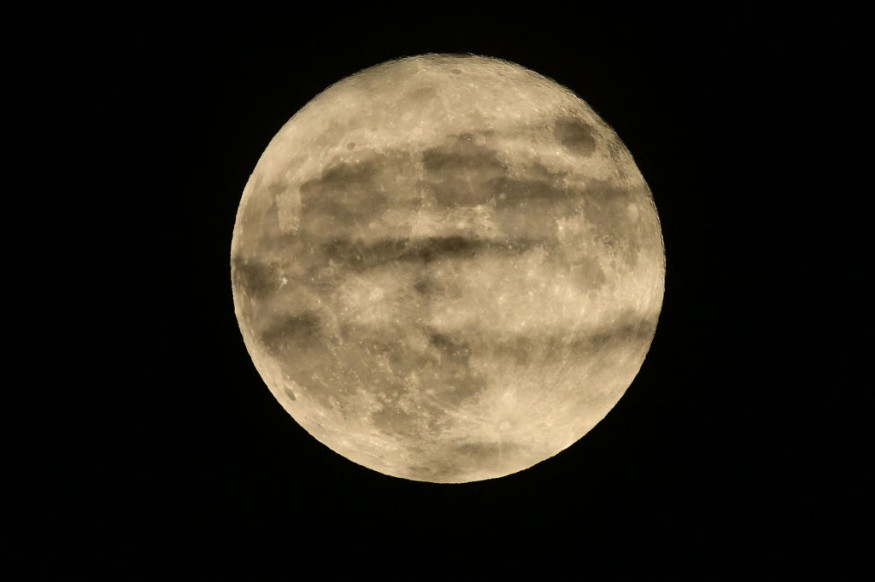
As the final supermoon of 2023 rises, Mercury will also shine brightly in the night sky for just one hour.
Last Supermoon of 2023 and Three Planets
On Friday, September 29, the Harvest Moon, September's full moon, and also 2023's last full moon, will rise.
This final supermoon of 2023 marks the end of a summer with four consecutive supermoons. The Harvest Moon will share the sky with Jupiter, Saturn, and Mercury, enhancing its splendor. In New York City, it rises at 18:33 EDT (2233 GMT) and sets at 06:52 EDT (1052 GMT) the next day. On October 14, it transforms into a new moon, commencing a new lunar cycle lasting 29.5 days.
After the full moon, which will be in the Pisces constellation, a process called "waning," the lunar face recedes, will start.
The Full Buck Moon on July 3 marked the start of a stretch of four subsequent supermoons. The Full Blue Moon on August 30 and the Full Sturgeon Moon on Tuesday, August 1, respectively, were the next two supermoons in August.
Supermoon
"Supermoons" are full moons coinciding with the moon's closest approach to Earth, called perigee. The moon's elliptical orbit causes varying distances from Earth. Supermoons appear about 30% brighter and 14% larger than regular full moons due to their proximity. These differences are noticeable to experienced moon observers but less so for casual sky-watchers.
Jupiter and Saturn Visit
Two days before the Harvest Moon, on September 27, at roughly 21:06 EDT (0106 GMT), the moon will reach perigee. According to eclipse specialist and former NASA astrophysicist Fred Espanak, the moon will be around 224,657 miles from Earth by the time its fully lighted face is oriented toward the Earth. In contrast, the moon is typically 238,000 miles away from Earth on average.
The last supermoon of 2023 won't be the closest or brightest one, though. The moon's distance from Earth on August 30 during the Full Blue Moon was around 222,043 miles.
The solar system's second-largest planet, Saturn, will be the first planet to pass by the final supermoon of 2023 on Saturday. Saturn will rise at approximately 17:18 EDT (2118 GMT) and will be located in the Aquarius constellation. Jupiter, the largest planet in the solar system and a fellow gas giant to Saturn will rise at 20:17 EDT (00:17 GMT). In the constellation of Aries, Jupiter will be located to the left of the Harvest Moon.
Mercury at Night
The hardest to see and the final planet to pass by the Harvest Moon is Mercury because even though it appears in the morning sky, it vanishes at night. Mercury, the sun's nearest neighbor, is now the planet that is most distant from the host star. The smallest planet in the solar system will rise on Saturday at about 05:30 (09:30 GMT).
This final supermoon of 2023 marks the end of a summer with four consecutive supermoons. The Harvest Moon will share the sky with Jupiter, Saturn, and Mercury, enhancing its splendor. In New York City, it rises at 18:33 EDT (2233 GMT) and sets at 06:52 EDT (1052 GMT) the next day. On October 14, it transforms into a new moon, commencing a new lunar cycle lasting 29.5 days.
Related Article : Ring of Fire Eclipse Appears From Oregon to Brazil on October 14, Here's How to Prepare for It
© 2025 NatureWorldNews.com All rights reserved. Do not reproduce without permission.





